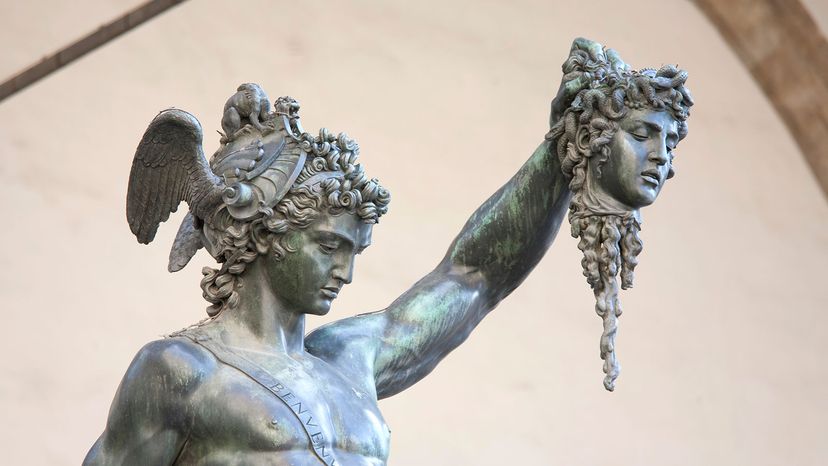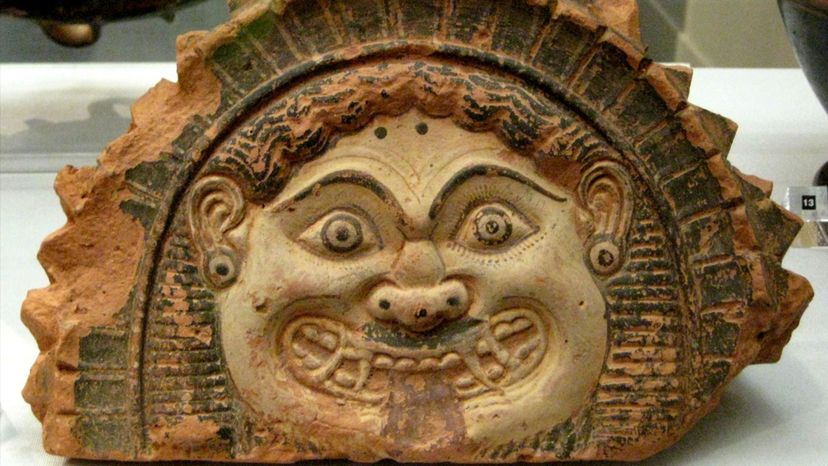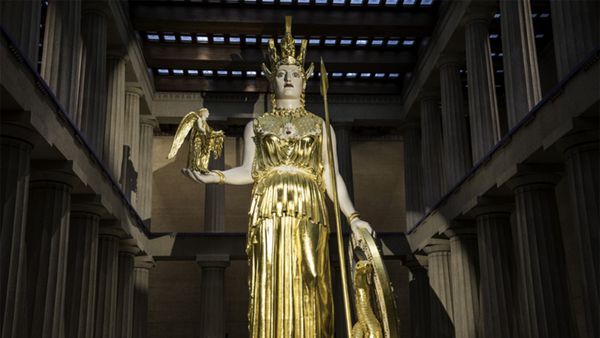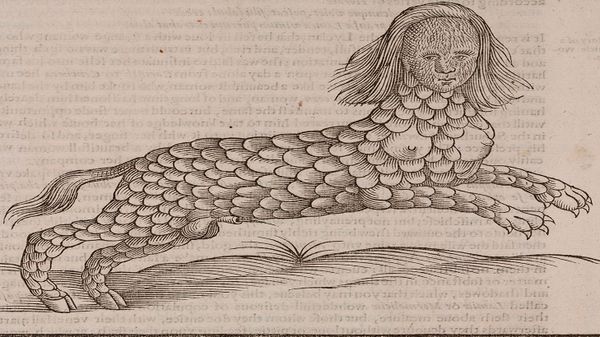
Medusa didn't have the best PR in ancient Greece. Her grotesque appearance — wide eyes, lolling tongue, gnashing teeth and, most famously, hissing snakes for hair — adorned temple roofs, military shields and even the bottom of drinking vessels to deliver a jolt of surprise with the last gulp of wine.
But if you read the Medusa myths closely, they reveal a complex portrait of a "monster" who is as much a victim as a victimizer, explains Spyros Syropoulos, a professor of ancient Greek literature in the Department of Mediterranean Studies at the University of the Aegean in Greece.
Advertisement
Indeed, Medusa exists in our collective imagination because of the different roles she has played throughout Western cultural history. As with so many mythological entities, Medusa can tell us about our distant past, as well as about our present.



